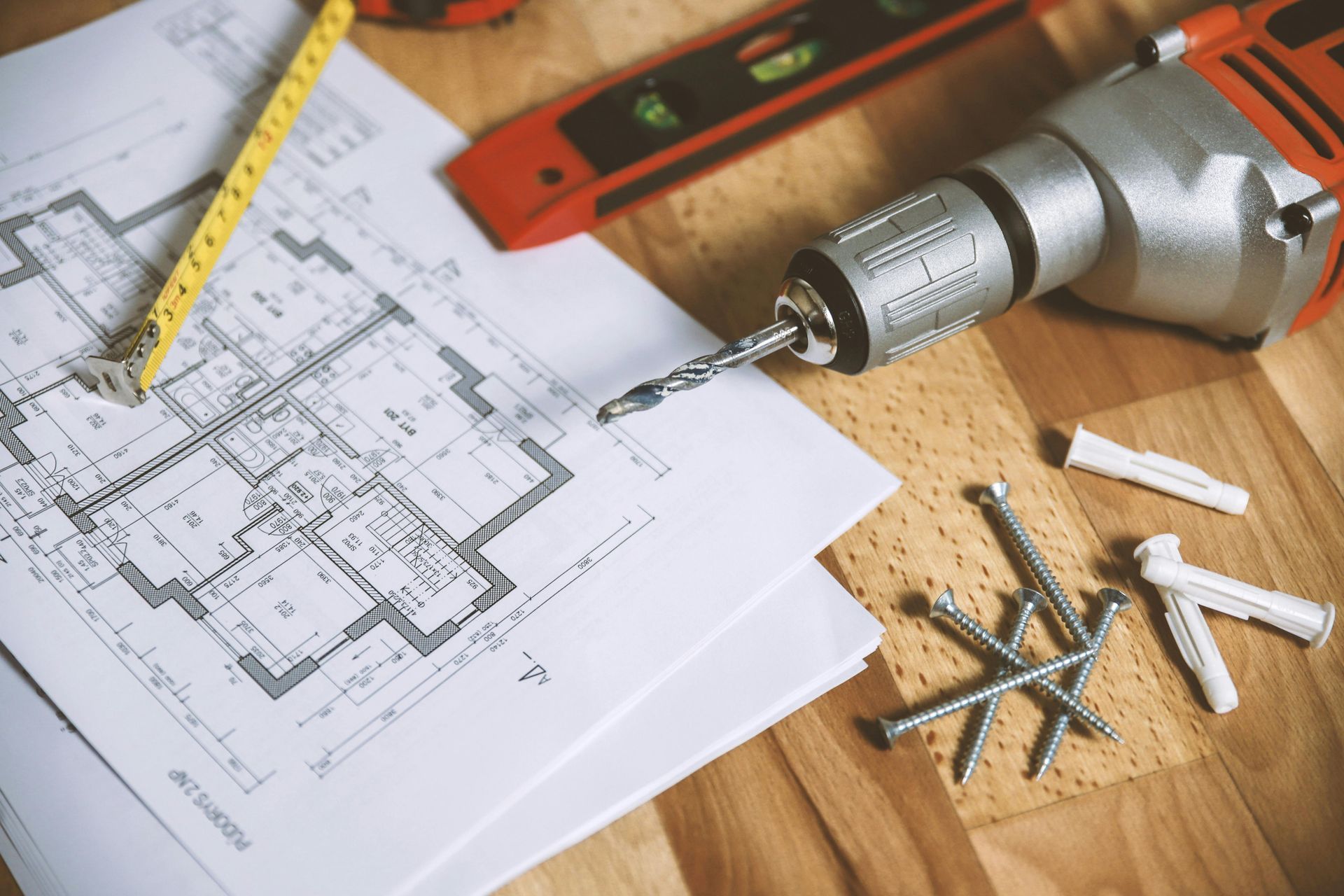CARPENTER
WHY CARPENTRY ?
Are you interested in pursuing a career in carpentry? It's a rewarding trade that offers great potential for growth and advancement.
Carpenters are skilled craftsmen who work with wood, constructing and repairing structures such as buildings, furniture, cabinets, and even boats. Their duties often include measuring and cutting materials, installing and assembling parts, and ensuring that projects meet precise specifications and safety standards.
Skills Needed:
- Manual dexterity
- Math skills (especially geometry)
- Ability to read blueprints and technical drawings
- Problem-solving
- Attention to detail
- Physical stamina and strength
- Familiarity with carpentry tools and machinery
Here are some general statistics:
1.1 million
Carpenters employed in the U.S.
According to the U.S. Bureau of Labor Statistics (BLS) 2023.
2%
The employment of carpenters is projected to grow, from 2021 to 2031.
$83,340 annually
The highest earners in the carpentry profession can make.
TYPICAL SALARY
$ 52k - 83k per year
Highest paying states
Some of the highest paying states for carpenters include Hawaii, Illinois, New York, Alaska, New Jersey, California, and Washington.
TOOLS OF THE TRADE
Common tools used by carpenters include:
- Hammer (claw or framing)
- Saw (circular, hand, or jigsaw)
- Tape measure
- Level
- Drill and drill bits
- Chisels and planes
- Nail gun
- Screwdrivers
- Miter saw
- Wood glue and adhesives
NECESSARY CERTIFICATIONS FOR CARPENTERS
Apprenticeship
- Length: Typically 3-4 years.
- Training: Most carpenters begin their careers by completing an apprenticeship program, which includes both hands-on training and classroom instruction. During this time, apprentices learn the necessary skills in carpentry, safety standards, and building codes.
- Requirements: High school diploma or GED, and sometimes specific math or trade-related coursework.
Journeyman Certification
- Definition: After completing an apprenticeship, a carpenter may achieve "journeyman" status, which signifies that they have reached a high level of skill and expertise in the trade.
- Requirements: Typically involves passing a certification exam that tests knowledge in areas such as carpentry techniques, building codes, safety protocols, and blueprint reading.
- Exam Content: Varies by region but typically includes a written exam and possibly a practical assessment.
OSHA Certification
- OSHA 10-Hour/30-Hour Certification: These are general safety certifications aimed at preventing worksite injuries. The OSHA 10-Hour course covers basic safety and health hazards, while the 30-Hour course provides more extensive training for supervisors.
- Mandatory for: Carpenters working on construction sites to comply with OSHA safety standards.
Specialized Certification
For specific types of carpentry, such as cabinetry, framing, or concrete formwork, there may be additional certifications, including:
- National Association of Home Builders (NAHB) Certifications
- North American Building Trades Union (NABTU) Certifications
- Carpentry Certification from the National Center for Construction Education and Research (NCCER)
- Woodworking and Cabinetmaking Certifications
- Carpentry Certifications from State or Regional Agencies
- Certified Kitchen and Bath Remodeler (CKBR)
And more.
National/State Level Carpentry Certifications
Some states or regions offer specialized certifications that reflect the local building codes, construction practices, and industry standards.
This is paragraph text. Click it or hit the Manage Text button to change the font, color, size, format, and more. To set up site-wide paragraph and title styles, go to Site Theme.
Contact Us
We will get back to you as soon as possible.
Please try again later.




